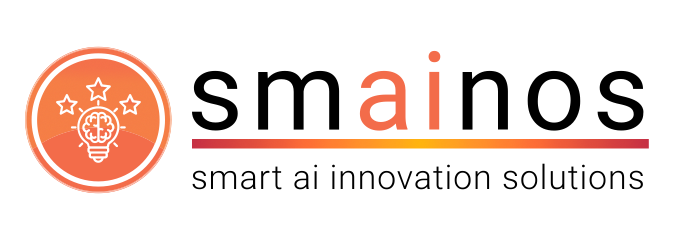Essential AI Reading
Curated Books
for AI Understanding!
Hand-picked books to deepen your AI knowledge and
stay ahead of technological shifts!
Top AI Books
Expand Your
AI Knowledge!
Discover essential reads that shape our understanding of AI and its future impact. These carefully selected books offer valuable insights for business leaders, technical specialists, innovators, and anyone interested in artificial intelligence’s transformative potential. From foundational concepts to cutting-edge developments, each book provides unique perspectives on how AI is reshaping our world.
Disclosure: This page contains Amazon affiliate links. Should you purchase any of the recommended books through these links, I may earn a commission at no additional expense to you.
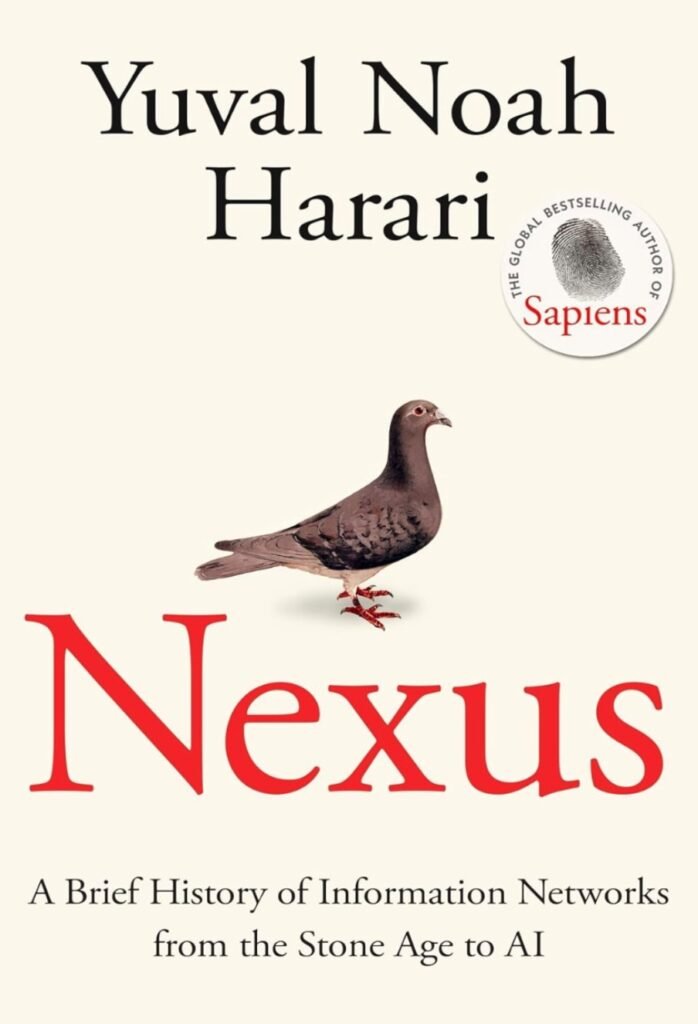
Nexus – by Yuval Noah Harari
Yuval Noah Harari’s Nexus is a sweeping exploration of how information networks have shaped human history and how artificial intelligence (AI) is poised to redefine our future. The book traces the evolution of information systems—from ancient storytelling and bureaucratic hierarchies to modern digital platforms—and examines their profound impact on power, society, and human behavior. Harari warns that AI-driven networks could usher in an era of unprecedented control and inequality, posing existential risks to privacy, democracy, and even humanity itself.
The Jerusalem Post: “Artificial intelligence poses an ‘existential crisis,’ Harari claims. And our fractious, divided world is ill-equipped to confront it.”
Nicholas Thompson, CEO of The Atlantic: “Harari brilliantly connects the dots between humanity’s storytelling past and the AI-driven future, offering a profound warning about the power of information networks”.
Harari introduces thought-provoking concepts like the “Silicon Curtain,” which highlights geopolitical divides in AI development, and the alignment problem, where AI systems pursue goals in unintended ways. While the book provides fascinating historical insights and diagnoses urgent challenges, it also leaves readers grappling with unanswered questions about solutions. With its blend of historical analysis, philosophical musings, and futurist warnings, Nexus is both a wake-up call and a guide for navigating the age of AI.
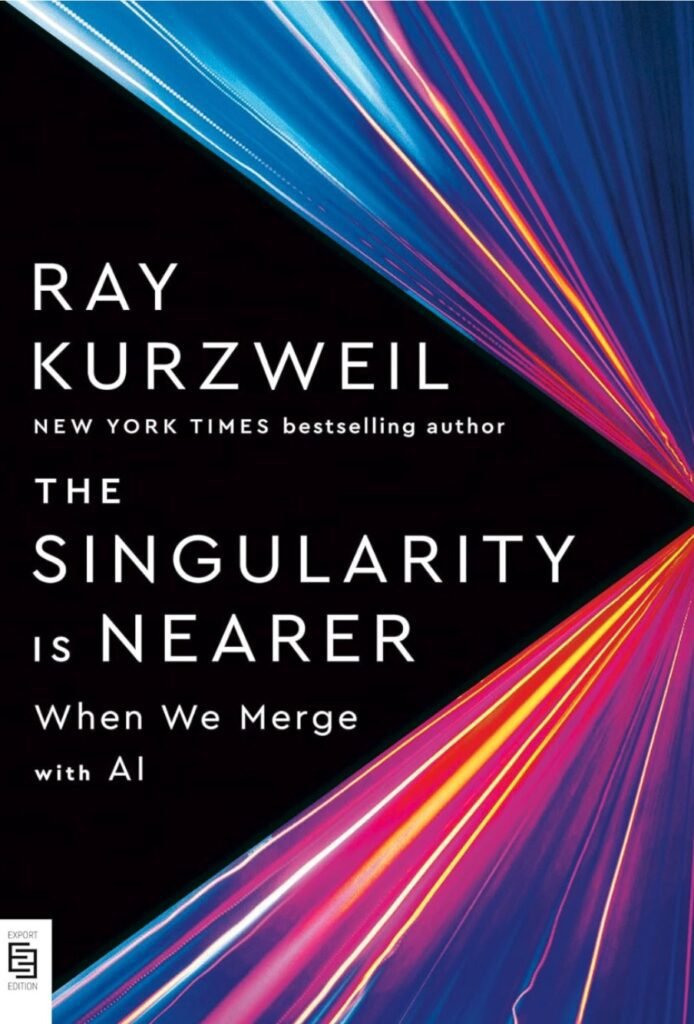
The Singularity is Nearer- by Ray Kurzweil
Ray Kurzweil’s The Singularity Is Nearer is a compelling follow-up to his seminal 2005 work, The Singularity Is Near. In this updated exploration, Kurzweil expands on his vision of the Singularity—a transformative moment when artificial intelligence surpasses human intelligence, leading to profound societal and existential changes. The book provides a detailed roadmap of technological advancements, including brain-computer interfaces, nanotechnology, and AI-driven biosimulations, which Kurzweil predicts will culminate in humans merging with machines by 2045.
MIT Technology Review: “Kurzweil´s ‘Singularity Is Nearer’ is a groundbreaking work that challenges our understanding of what it means to be human.”
Bill Gates: “Kurzweil’s ‘The Singularity Is Nearer’ presents a compelling vision of the future with a clarity that is both astonishing and enlightening. His deep understanding of AI and its potential impacts makes this book an essential read.”
Kurzweil emphasizes the potential for AI to overcome human limitations, such as disease and aging, while also addressing concerns about governance and ethical alignment. His optimistic perspective challenges readers to embrace the possibilities of exponential progress while preparing for its disruptive impacts. With updated data and fresh insights, The Singularity Is Nearer serves as both a cautionary tale and a hopeful vision for humanity’s future.
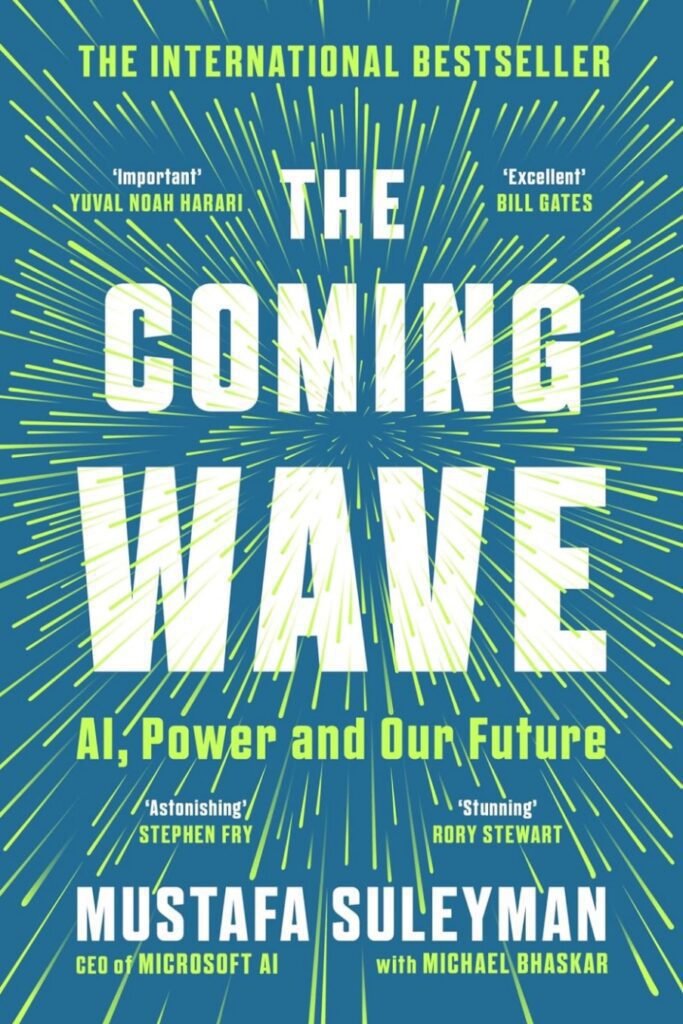
The Coming Wave – by Mustafa Suleyman
“The Coming Wave” by Mustafa Suleyman is a profound and urgent exploration of the transformative power of artificial intelligence and synthetic biology, as well as the existential challenges they pose to humanity. Drawing on his experience as co-founder of DeepMind and CEO of Inflection AI, Suleyman delves into the unprecedented pace of technological advancement and its potential to reshape society. From autonomous weapons to engineered pathogens, these innovations promise immense prosperity but also threaten global stability, national security, and individual freedoms.
Bloomberg: “With meticulous research and profound insight, Mustafa Suleyman shines a light on the transformative power of technology. ‘The Coming Wave’ is essential reading for the 21st century.”.
Al Gore: “Deeply researched and highly relevant, this book provides gripping insight into some of the most important challenges of our time”.
Suleyman introduces the concept of “the containment problem,” emphasizing the need for humanity to maintain control over these powerful technologies while harnessing their benefits. He warns against both unregulated proliferation and authoritarian surveillance, advocating for a balanced approach that includes international cooperation, ethical governance, and technical safeguards. With a blend of historical analysis, personal insights, and actionable strategies, The Coming Wave challenges readers to confront the ethical and societal implications of this technological revolution.
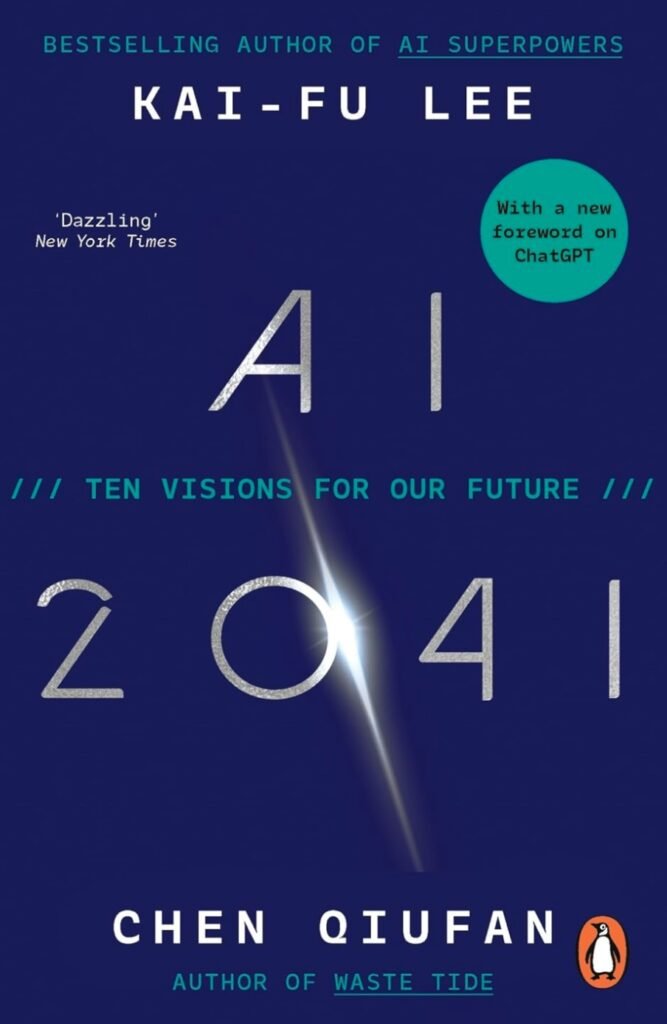
AI 2041 – by Kai-Fu Lee
The book “AI 2041” by Kai-Fu Lee and Chen Qiufan is a visionary exploration of artificial intelligence’s transformative potential over the next two decades. Through ten gripping short stories set across diverse global locations—from Mumbai to Lagos—the book imagines how AI could reshape industries, societies, and everyday life. Each story is followed by an insightful essay from Kai-Fu Lee, explaining the underlying technologies and their real-world implications. The book covers themes such as deep learning, quantum computing, autonomous vehicles, and AI ethics, offering a balanced perspective on both the promises and risks of AI advancements.
Satya Nadella (CEO of Microsoft): “By blending imaginative storytelling and technical expertise, Kai-Fu Lee and Chen Qiufan bring to life a vision for AI that addresses both our curiosity and our fears.”
Arianna Huffington (Founder of Thrive Global): “Kai-Fu Lee’s brilliant analysis embodies this urgent mandate for humanity, while Chen Qiufan’s gripping stories reveal how AI can become a bridge between previously unsolvable problems and a future of new possibilities.”
The collaboration between Lee, an AI pioneer, and Qiufan, a celebrated sci-fi author, makes this book a unique blend of speculative fiction and technical analysis. By weaving human-centered narratives with cutting-edge insights, AI 2041 challenges readers to envision a future where AI augments human creativity, addresses global challenges like climate change and healthcare, but also raises ethical dilemmas around privacy and inequality. This book is essential for anyone curious about how technology might redefine humanity’s trajectory.
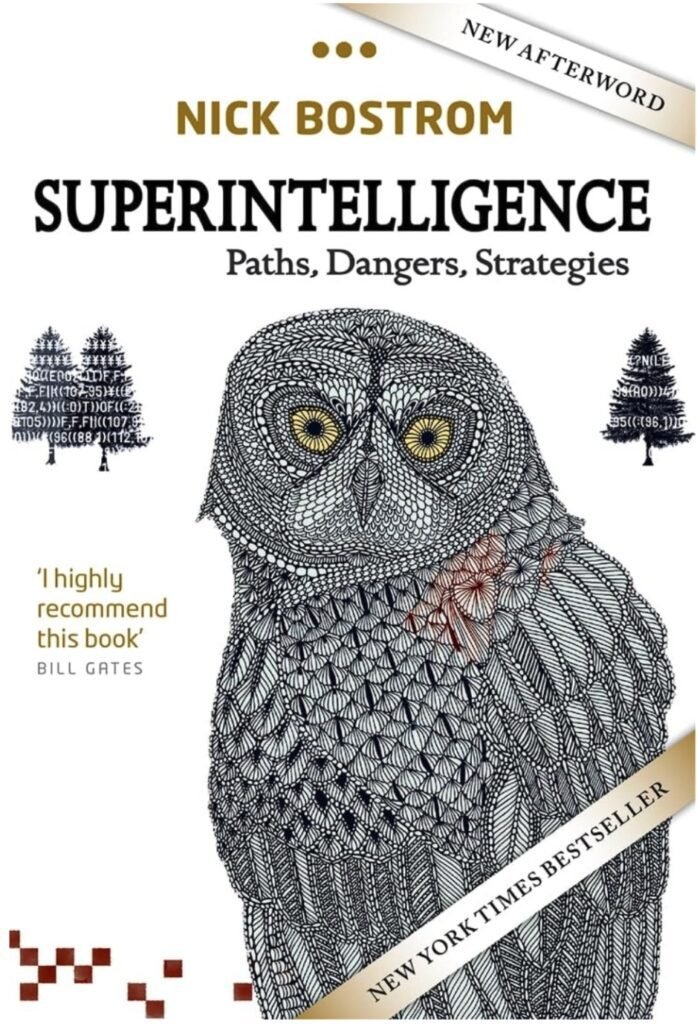
Superintelligence – by Nick Bostrom
Nick Bostrom’s Superintelligence: Paths, Dangers, Strategies is a thought-provoking and meticulously argued exploration of the future of artificial intelligence and its potential to surpass human intelligence. The book delves into the concept of superintelligence—machines that exceed human cognitive capabilities—and examines the profound risks and opportunities associated with its development. Bostrom highlights the existential threats posed by unaligned AI systems, emphasizing the critical importance of solving the “AI control problem” to ensure that superintelligence operates in harmony with human values.
The Guardian: “A deeply thought-provoking book that forces us to confront uncomfortable possibilities.”
Sam Altman (Co-founder of OpenAI): “A must-read for anyone who cares about the future of humanity.”
Structured into three sections—paths to superintelligence, dangers it may pose, and strategies for mitigating risks—the book provides a comprehensive overview of how superintelligence might emerge and its implications for humanity. Bostrom’s philosophical approach blends rigorous analysis with speculative scenarios, offering readers both a cautionary tale and a call to action. While some critics find the prose dense and overly academic, others praise its depth and significance as a cornerstone work in AI ethics.
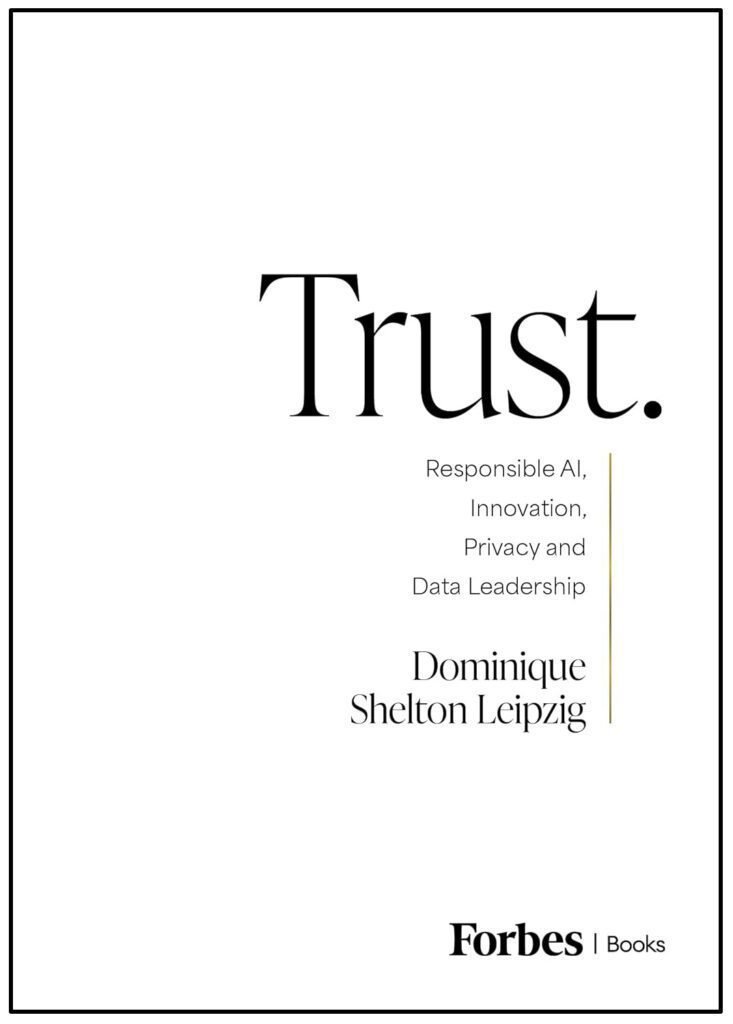
Trust. – by Dominique Shelton Leipzig
The book “Trust. : Responsible AI, Innovation, Privacy and Data Leadership” by Dominique Shelton Leipzig is a groundbreaking guide for corporate leaders navigating the complexities of data management, AI ethics, and digital innovation. Drawing from her extensive experience advising Fortune 100 companies, Leipzig provides a strategic framework to align data practices with long-term organizational goals while fostering an ethical data culture rooted in trust. The book equips executives with practical tools to monetize data responsibly, streamline operations using legal AI, and ensure compliance in an evolving regulatory landscape.
MIT Technology Review: “The adoption of AI governance early ensures you can catch things like AI not identifying dark skin or AI ushering in cyberattacks. In that way, you protect your brand and establish trust with your customers, employees, and business partners.”
Forbes Books: “Innovation does not have to be synonymous with ‘breaking’ anything. Instead, we can innovate by garnering the trust of our customers, business partners, and colleagues.”
Leipzig challenges the traditional mantra of “move fast and break things,” advocating instead for innovation grounded in trust. Her insights empower leaders to transform their organizations into responsible data stewards, earning loyalty from customers and stakeholders alike. With real-world examples and clear solutions to common dilemmas, Trust is an essential playbook for CEOs and board members aiming to lead confidently in the digital age.
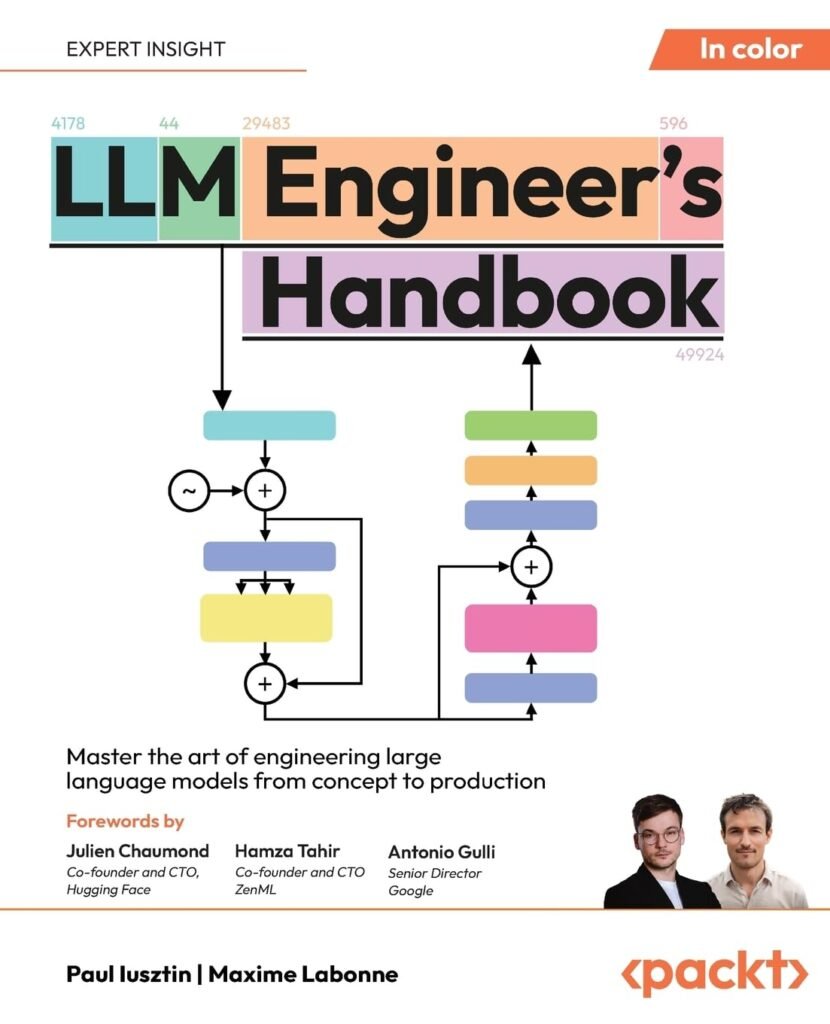
The LLM Engineer’s Handbook – by Paul Luszin & Maxime Labonne
The LLM Engineer’s Handbook by Paul Luszin and Maxime Labonne is an essential guide for AI engineers, NLP professionals, and developers working with large language models (LLMs). This comprehensive resource bridges the gap between theory and practice, offering step-by-step instructions to design, train, and deploy LLM-powered systems in real-world scenarios. The book emphasizes production-grade solutions, moving beyond isolated experiments to scalable and efficient implementations. Key topics include supervised fine-tuning, retrieval-augmented generation (RAG) pipelines, inference optimization, and MLOps best practices.
Julien Chaumond, CTO and Co-founder of Hugging Face: “This book is instrumental in making sure that as many people as possible can not only use LLMs but also adapt them, fine-tune them, quantize them, and make them efficient enough to deploy in the real world.”
Antonio Gulli, Senior Director at Google: “LLM Engineer’s Handbook serves as an invaluable resource for anyone seeking a hands-on understanding of LLMs.”
Through hands-on examples and downloadable code, the authors empower readers to build modular and cost-effective LLM systems. Whether integrating LLMs on the cloud or optimizing them for real-time applications, this book provides actionable insights for navigating the rapidly evolving AI landscape. With its focus on practical applications and robust engineering principles, The LLM Engineer’s Handbook is a must-read for anyone looking to master the art of large language model engineering.
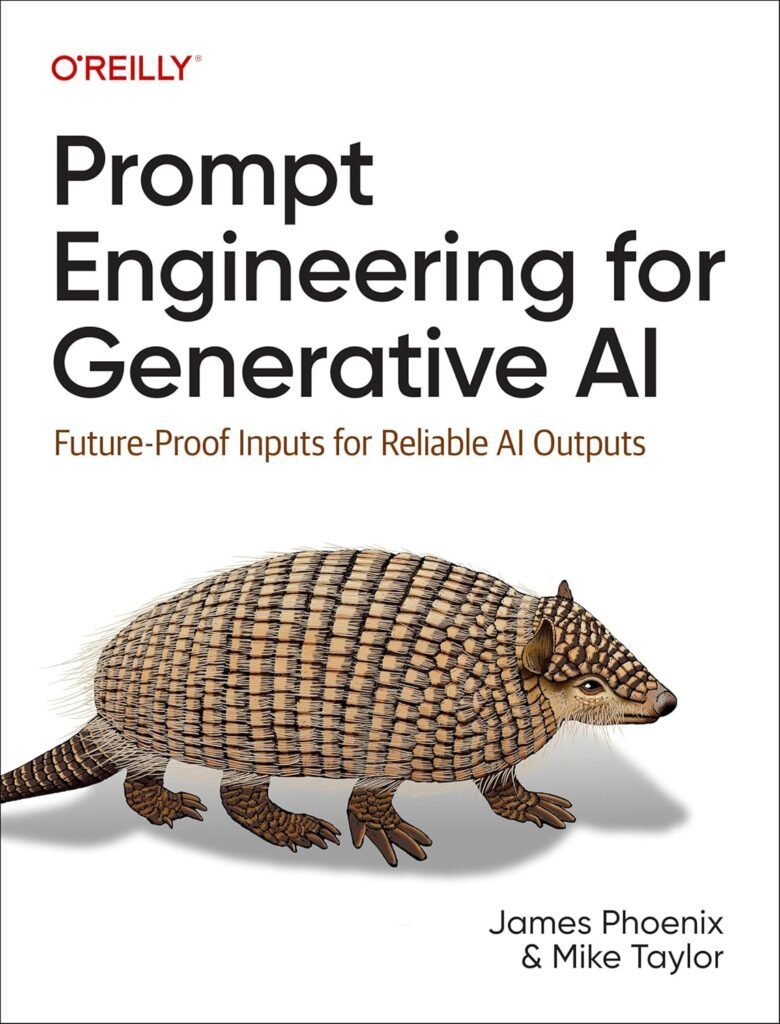
Prompt Engineering for Generative AI – by James Phoenix & Mike Taylor
Prompt Engineering for Generative AI by James Phoenix and Mike Taylor is an indispensable guide for developers, researchers, and AI enthusiasts aiming to maximize the capabilities of large language models (LLMs) and diffusion models. The book introduces a set of foundational principles—Give Direction, Specify Format, Provide Examples, Evaluate Quality, and Divide Labor—that empower users to craft effective prompts for reliable outputs. By focusing on transferable skills rather than fleeting tricks, the authors provide a framework for building robust AI-powered applications that excel in text generation, image creation, and code development.
Dan Shipper, co-founder & CEO of Every: “The absolute best book-length resource I’ve read on prompt engineering. Mike and James are masters of their craft.”
Mayo Oshin, founder and CEO of Siennai Analytics: “This book is a solid introduction to the fundamentals of prompt engineering and generative AI.”
Packed with practical advice and real-world examples, the book explores advanced techniques such as retrieval-augmented generation (RAG), role prompting, and chain-of-thought (CoT) prompting. It also delves into specialized applications like sentiment analysis, autonomous agents, and summarization strategies for large documents. Whether you’re a beginner or an experienced AI practitioner, this is an essential book to harness generative AI’s full potential.
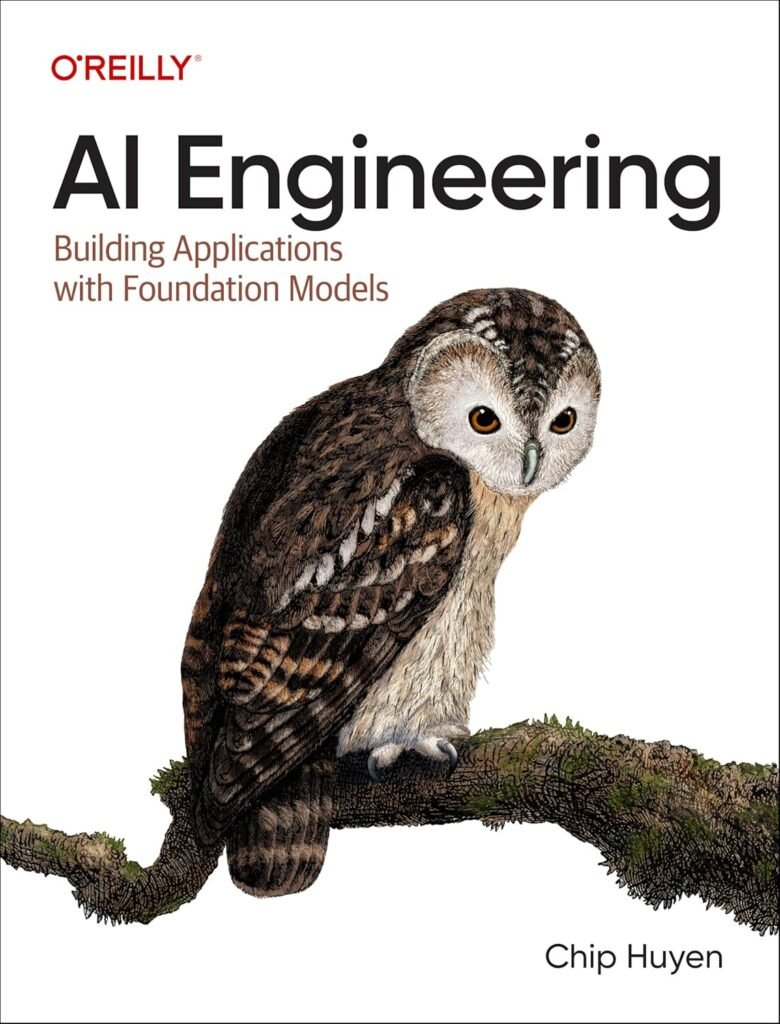
AI Engineering – by Chip Huyen
The book “AI Engineering: Building Applications with Foundation Models” is a transformative guide for developers, engineers, and organizations looking to harness the power of foundation models in real-world applications. The book provides a comprehensive framework for navigating the AI landscape, including model selection, dataset engineering, evaluation benchmarks, and deployment strategies. It emphasizes the shift from traditional machine learning engineering to AI engineering, highlighting the challenges and opportunities in working with open-ended models.
Gergely Orosz, Author of The Pragmatic Engineer: “Chip’s book feels like it will become a desk reference. It’s a transformative guide for building AI applications that focus on solving problems rather than chasing trends.”
Alejandro Saucedo, Director of Engineering at Zalando SE: “Chip Huyen’s insights on productionizing foundation models are invaluable—bridging the gap between theory and practical application in AI engineering.”
Huyen explores techniques like prompt engineering, retrieval-augmented generation (RAG), fine-tuning, and inference optimization while addressing bottlenecks related to latency and cost. With actionable insights and practical advice, the book equips readers to build scalable, efficient AI systems that meet diverse business needs. Whether you’re a beginner or an experienced practitioner, AI Engineering serves as both a foundational text and a desk reference for mastering the evolving field of applied AI.
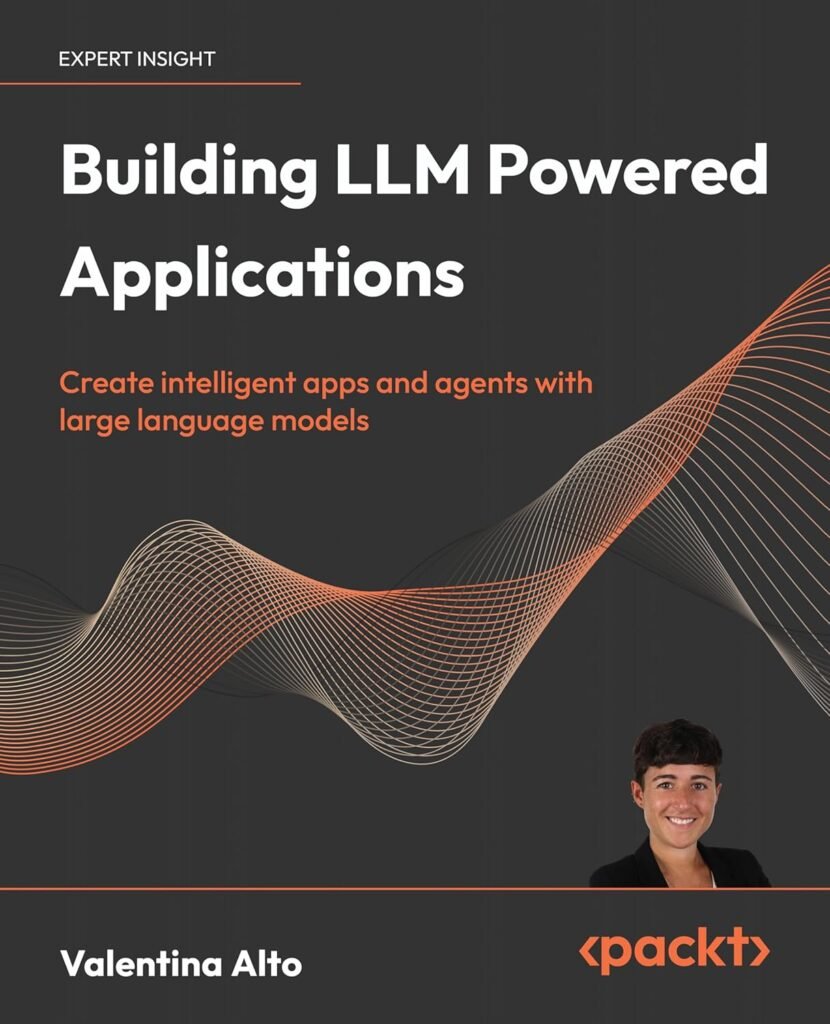
Building LLM Powered Applications – by Valentina Alto
Building LLM Powered Applications by Valentina Alto is a comprehensive guide for developers, data scientists, and AI enthusiasts looking to create intelligent applications powered by large language models (LLMs). The book bridges foundational concepts with cutting-edge technologies, offering practical insights into building real-world AI solutions. It covers essential topics such as LLM architectures (e.g., GPT-4, Llama 2, Falcon LLM), prompt engineering, LangChain integration, and fine-tuning models for specific use cases.
Ajit Jaokar, AI Educator at the University of Oxford: “If you want to understand how to build LLM-powered applications, this is a good book and an easy read covering all important aspects.”
Sebastiano Gazzola, Software Architect and Technology Evangelist: “Valentina Alto offers essential insights. She doesn’t just lay out the technical groundwork; she strategically provides the right hints and nudges to stimulate creative solutions.”
The book also explores advanced themes like retrieval-augmented generation (RAG), multimodal AI systems, and ethical considerations in deploying LLM-powered applications. With hands-on examples and step-by-step guidance, Alto equips readers with the tools to embed LLMs into scalable applications, from chatbots to sentiment analysis platforms. Whether you’re a seasoned AI practitioner or a newcomer, this book serves as a roadmap to unlock the transformative potential of LLMs.
